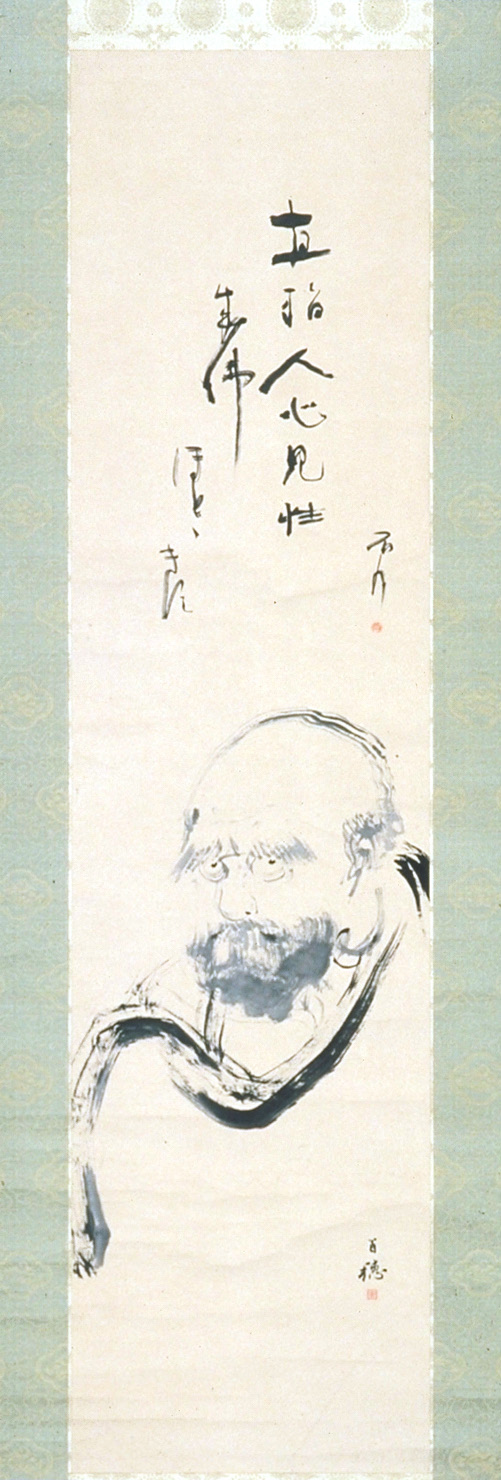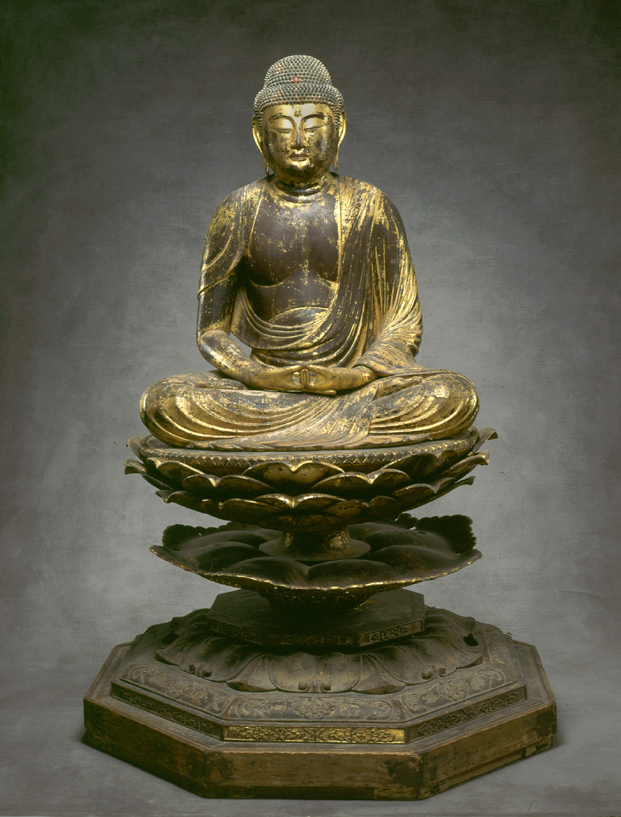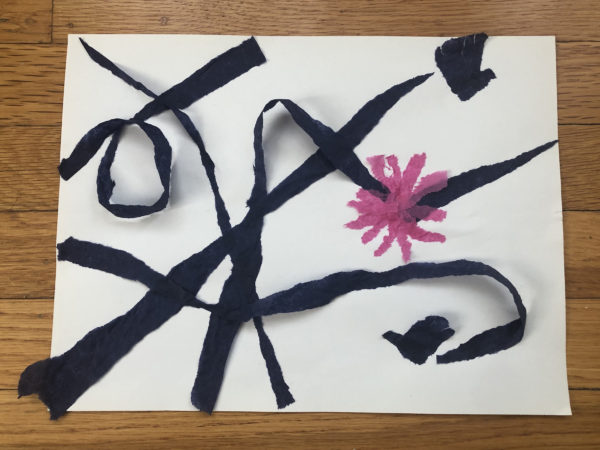Activity
Religious Practices of the Samurai

Religious practices of the samurai.
Like most Japanese of their time, the samurai followed Buddhist religious teachings as well as the practices of Japan’s native belief system, Shinto. Buddhism originated in India, birthplace of the historical founder also known as the Buddha Shakyamuni. The main tenets of Buddhism, expounded in the Four Noble Truths preached by the Buddha, teach the origins of human suffering in desire, and offer hope of escape from suffering and the endless cycle of rebirth through pursuit of the Noble Eightfold Path. The latter is a set of guidelines for living based on principles of ethical conduct, the cultivation of wisdom, and mental discipline. In some schools of Buddhism the Buddha Shakyamuni is thought of as one buddha among many, each inhabiting a different era or part of the universe.
By the mid-sixth century, when it reached Japan, Buddhism had spread from India throughout China, Southeast Asia, and Korea. In 552, Buddhism was introduced to Japan by the ruler of a kingdom in southwest Korea. Under patronage from the Japanese emperor and nobility, hundreds of Buddhist temples were constructed in Japan throughout the Nara (645–794) and Heian (794–1185) periods. Although devotional practices varied from sect to sect, devotees typically read and chanted sacred texts, and performed ceremonies and rituals dedicated to the Buddha and other deities, including a class of compassionate intercessors known as bodhisattvas, and other more fearsome or passionate gods like Achala (Japanese: Fudo).
Pure Land Buddhism
One Buddhist concept with special relevance for samurai life is that of impermanence. The opening passage of the great warrior epic The Tales of the Heike reflects this principle underlying the pathos of war:
The sound of the Gion Shoja bells echoes the impermanence of all things; the color of the sala flowers reveals the truth that the prosperous must decline. The proud do not endure, they are like a dream on a spring night; the mighty fall at last, they are as dust before the wind. 1
When the battles recounted in the Heike took place (the late twelfth century), there was a new urgency to the quest for adequate responses to life’s fleeting nature. Common belief held that the world had entered a period known as the Latter Day of the Buddhist Law, an age when people would be incapable of achieving salvation through adherence to Buddhist doctrine alone. In response to the anxieties of this age, a new Buddhist sect known as Pure Land rose to prominence. The term Pure Land refers to the western paradise of Amitabha, a powerful and compassionate Buddha to whom the sect was devoted. The attraction of Pure Land Buddhism lay in its reliance on a simple, expedient device for salvation: recitation of a short prayer, invoking the name of Amitabha. Pure Land monks taught that if devotees called upon Amitabha even once with a sincere heart, they would escape rebirth and instead be welcomed to his wondrous paradise after death.
Throughout the thirteenth and fourteenth centuries, preachers traveled throughout Japan, attracting flocks of followers to Pure Land sects. The monks Honen and Ippen, two of the most prominent Pure Land leaders, were themselves of samurai descent, and many warriors were drawn to the faith along with converts from other walks of life. Evidence of samurai enthusiasm for the Pure Land sect comes from many sources, including a set of painted handscrolls dating to 1299. In this work, one illustration shows Ippen at the house of a warrior where he has just delivered a sermon; another shows him leading a group dancing and chanting prayers outside a second warrior’s residence.
Leading lives of great fragility, never knowing when death might strike, perhaps the warriors needed faith in Buddha Amitabha more than most. According to some accounts, Pure Land monks accompanied samurai into battle in order to guide them in recitation of the name of the Buddha Amitabha (a prayer known as the nembutsu) should they succumb to wounds, and to pray for their successful salvation in the event of death. In a later section of this essay, a passage from the twelfth century The Tales of the Heike describes a warrior’s final appeal to Amitabha moments before an opponent takes off his head. It appears that his fears are greatly eased by even this brief devotional act. 2
Zen Buddhism
Another, quite different sect with many samurai adherents was Zen Buddhism. Introduced to Japan from China in the twelfth century, Zen is a form of Buddhism that stresses seated meditation and pondering of koan—paradoxical statements or questions—as practices leading to enlightenment. Zen’s rapid acceptance in Japan was another response to the search for religious alternatives in the Latter Day of Buddhist Law. The military leadership, based in Kamakura, was particularly welcoming to Zen, supporting the activities of Chinese and Japanese monks and sponsoring the establishment of several major temples in the east during the thirteenth century. This patronage continued throughout the period of rule by the Ashikaga shoguns, accounting for the great concentration of Zen temples in Kyoto, where their capital was located.
Describing the connection between Zen principles and samurai values, the historian Martin Collcutt writes:
With its emphasis on discipline and self-reliant effort, Zen was temperamentally suited to warriors, who on the battlefield required skill and courage. The ultimate goal of Zen is, of course, spiritual awakening and the attainment of Buddhahood, but the concentration and equanimity fostered by the practice of meditation and the directness of mind and expression called for in koan encounters were of great practical use to even the most unenlightened samurai.3
Many samurai practiced meditation, alone and under the tutelage of Zen monks, and the concentration required by this practice became a guiding principle for martial arts and military discipline. But Zen was also important as a conduit for many cultural activities, including the “Way of Tea” and ink painting, that were later associated with warrior life. For example, the fourth Ashikaga shogun commissioned one of the most famous Zen paintings of his age, Catching a Catfish with a Gourd, to illustrate a famous koan. The shogun’s deep connection to the Zen community is further demonstrated by the fact that thirty eminent Zen monks wrote inscriptions above the painting to comment on its content. Other leading warriors collected Chinese ceramics and ink paintings, introduced to Japan through the Zen monasteries.
1 Helen Craig McCullough, trans., The Tale of the Heike (Palo Alto: Stanford University Press, 1994), 23.
2 Dennis Hirota, trans. No Abode: The Record of Ippen (Honolulu: University of Hawai’i Press, 1997), xlvi.
3 Martin Collcutt, “Zen Art in a Monastic Context: Zen and the Arts in Medieval Kenchoji,” in Awakenings. Zen Figure Painting in Medieval Japan, ed.Yukio Lippit and Gregory Levine (New Haven: Yale University Press, 2007), 25.







